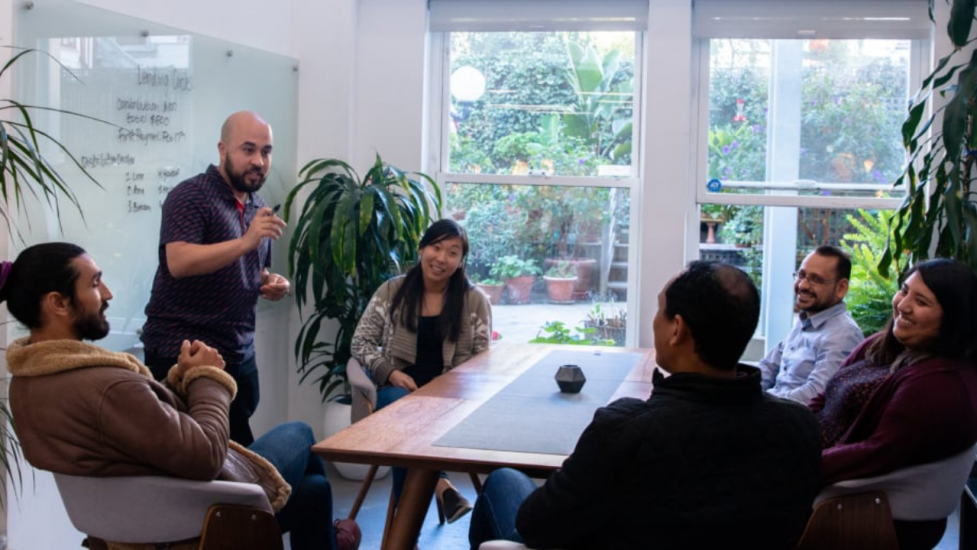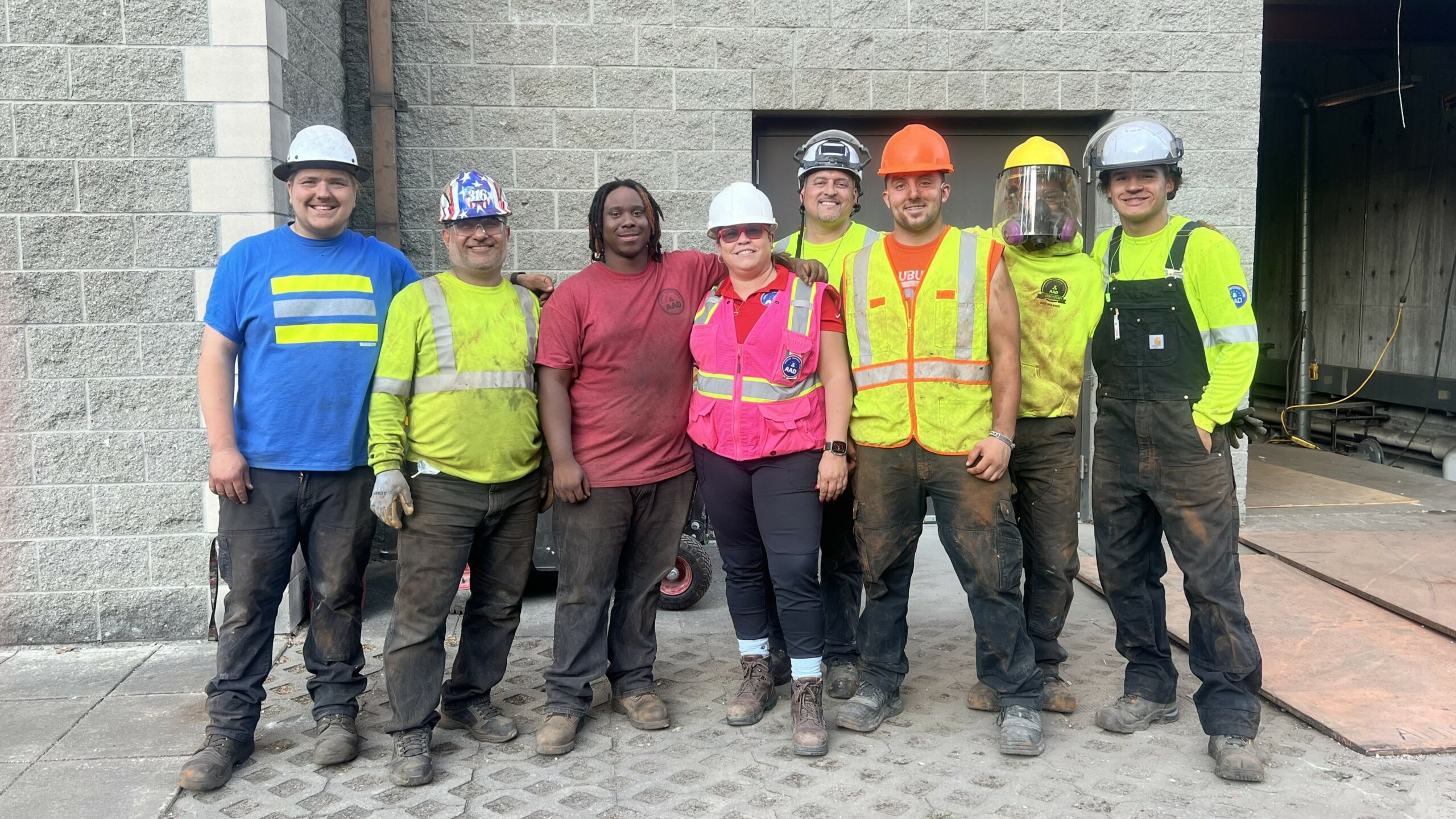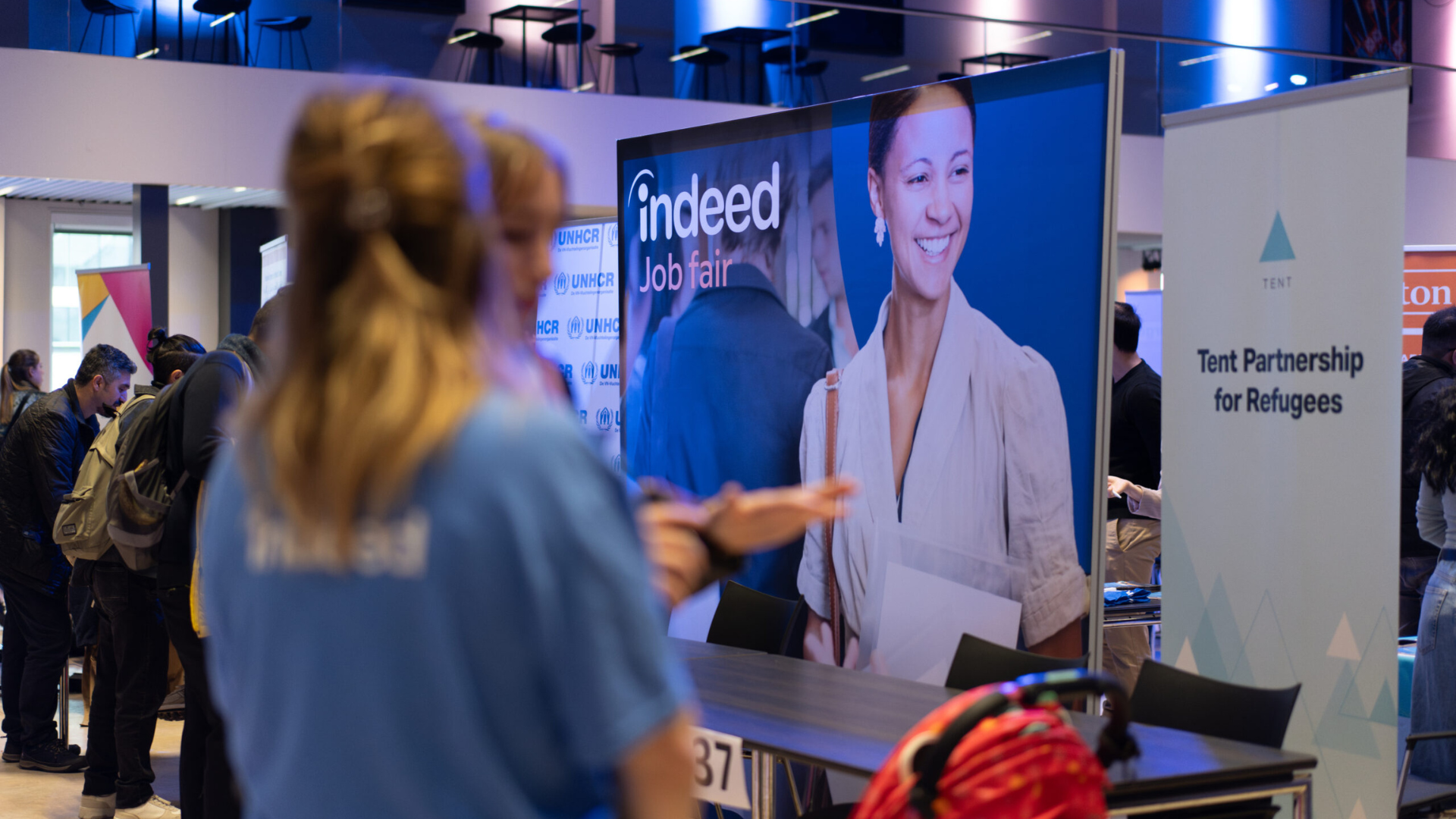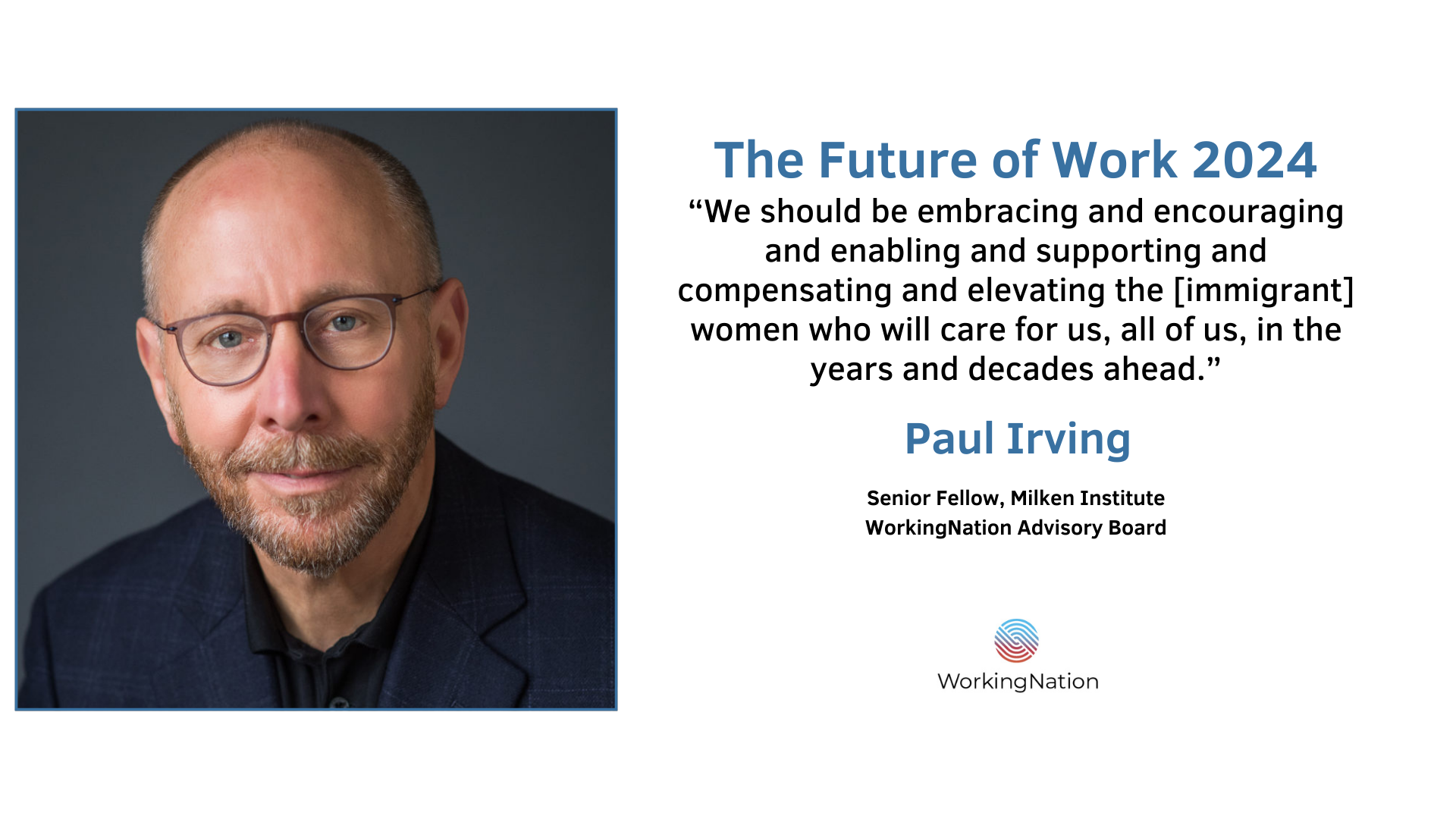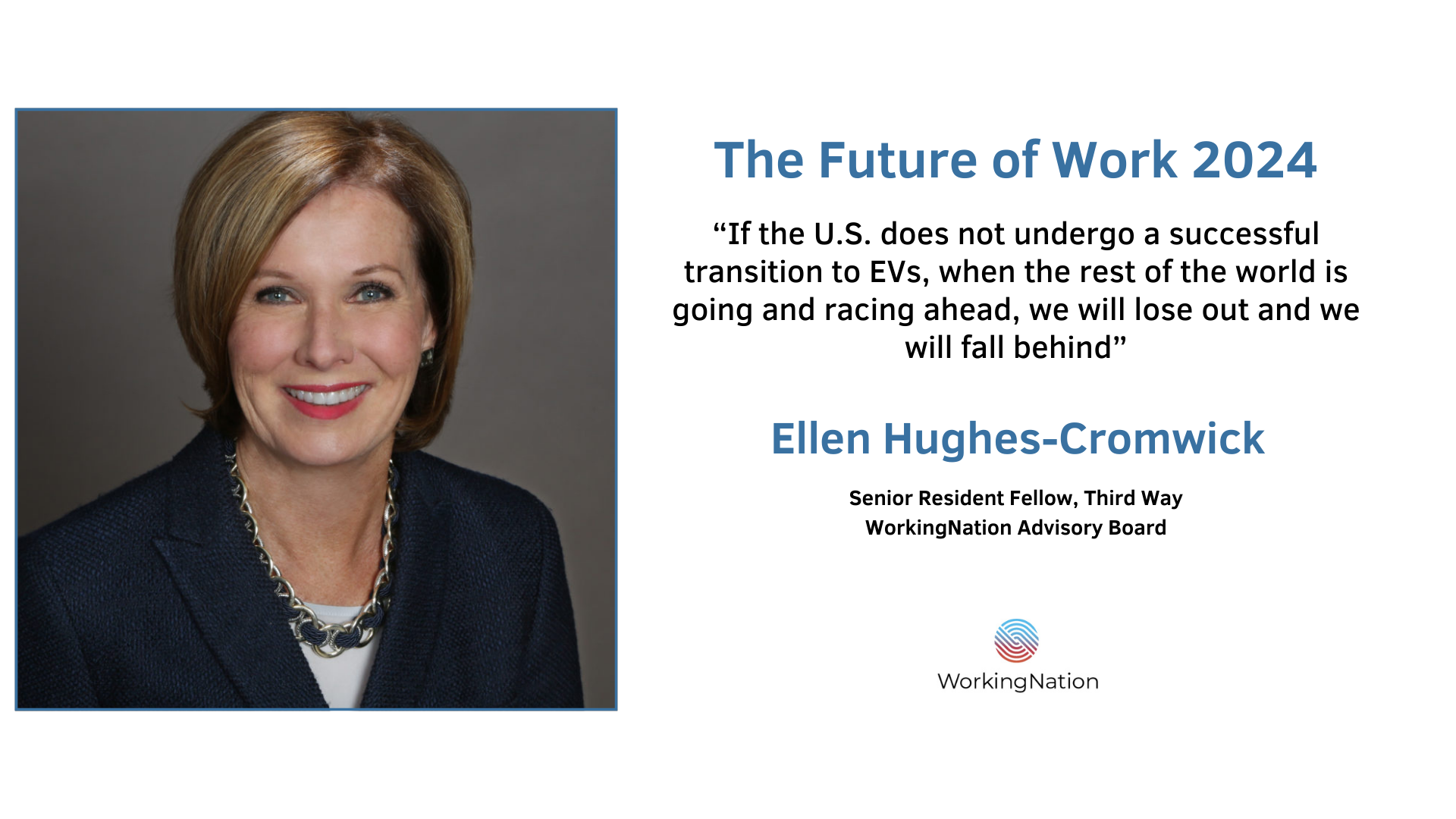During a time when the U.S. is experiencing a shortage of skilled workers from a variety of industries and disciplines, a new study shows a population rich in transferrable skills that could be a solution –immigrants. However, more often than not, they’re not being engaged in the hiring process.

“We’re in an interesting labor market situation right now where so many companies are struggling to hire. We have this enormous asset in the U.S. of people who are eager to contribute, who want to generate wages for their families, who want to bring good jobs to their communities,” Rachel Lipson, study co-author and director of the Project on Workforce at Harvard tells WorkingNation.
Only 5% of organizations that support immigrants and refugees focus on helping immigrants transfer credentials and experience from other countries, according to the Building the New High Road study co-authored by Lipson.
The study shows over the past five years, nearly half of new arrivals to the U.S. have college degrees, but not enough is being done to help them put those and other credentials to work.
“There’s tons of frictions in the labor market for immigrants and refugees. We struggle to allow them to be able to translate credentials and experiences that they have that can really be valuable for the jobs that are in demand. We struggle to reduce discrimination and other obstacles in hiring and advancement.”
Engaging Immigrants in Today’s Workforce
The WES Mariam Assefa Fund says its “north star is an economy and society where immigrants and refugees thrive and can achieve their aspirations.” It funds organizations that “ensure immigrants and refugees have equitable access to opportunities and be part of more inclusive economies.”

According to the study, “there is a strong case for investments that smooth employment transitions for immigrants. For instance, past research shows that wraparound supports like access to childcare, transportation, case management services, career coaching, and English language training can have a powerful and statistically significant impact on employment rates and earnings.”
The goal of the new research is to find insights into how better these immigrant-serving organizations can work with immigrants for jobs, careers, and continued economic mobility.
The findings are based on grant applications from more than 130 organizations that responded to the Fund’s open call for proposals. An overwhelming majority of the organizations help new arrivals, but as immigrants become long-term residents only 60% of organizations continue to provide assistance.
Lipson says continued support can make an impact.

“We felt like there wasn’t enough attention to that issue right now, and we needed to understand better in the ecosystem. How can we create a win-win for everyone. How can we create better support so that immigrants are able to realize their potential in the economy?” Lipson says.
As already widely documented during the height of the pandemic, a disproportionate number of immigrants served in critical or “essential” roles such as childcare centers, hospitals, farms and grocery stores. More of their talents and knowledge could be leveraged: two million immigrants are unemployed or underemployed.
More than half of the organizations surveyed recognize this gap and are working on what Lipson calls “job quality” services to help immigrants increase their income, advance their careers and work with safe and inclusive employers. One solution is investing in “coaches” that can help immigrants navigate workforce systems to translate the process and policies to translate credentials and work experience.
As an example, she says this could have especially been helpful during the height of COVID-19, which highlighted the shortages of nurses and other medical care professionals.
“I would argue it should be a priority for policy action from the US government. When we think about our immigration policies, how can we build a better framework so that even before people come, they have the ability to translate some of what they’ve learned in another country and more smoothly make the entrance into similar types of jobs in the U.S.?” she asks.
Taking the Next Steps
Using already existing resources and programs like community colleges, public workforce systems, philanthropically funded nonprofits, apprenticeships and private bootcamps may also be a way to evaluate and upskill immigrants to go beyond low wage jobs to ones with better salaries.
Lipson notes two-thirds of organizations focus on economic immigrants, refugees and displaced people. More than 80% plan to work with employers, but few have direct hiring relationships already.
While recognizing more research is needed, the study recommends several first steps:
- Remove the stigma and discrimination against hiring immigrants
- Organizational investment or reallocation of resources to assist immigrants’ long-term residency
- Recognize transferrable skills and credentials
- Leverage existing workforce development programs to better salaried roles
“How do we reach more people so that we can enable them to realize that have this huge pool of people, and if we make investments and change some of our practices, we’ll be able to get access to an incredible new supply of talent that can help fill the needs that we have for the future?” Lipson says.
“We’re excited to kind of elevate the opportunity here. Hopefully we can make the case for more people to get excited about this space.”
The article is based on an interview with Rachel Lipson conducted by WorkingNation editor-in-chief Ramona Schindelheim at the National Fund for Workforce Solutions SHIFT conference in Minneapolis in September.

